Modern architecture and interior design increasingly prioritize materials that combine functionality, durability, and aesthetic appeal. Among these materials, FRP lighting tiles have gained attention for their versatility in both residential and commercial applications. These tiles, made from fiber-reinforced plastic (FRP), offer a unique blend of strength, light diffusion, and design flexibility.
Understanding FRP Lighting Tiles: Composition and Key Features
FRP lighting tiles are manufactured using fiber-reinforced plastic, a composite material consisting of a polymer matrix reinforced with fibers (typically glass). This construction gives them distinct properties that make them suitable for lighting applications.
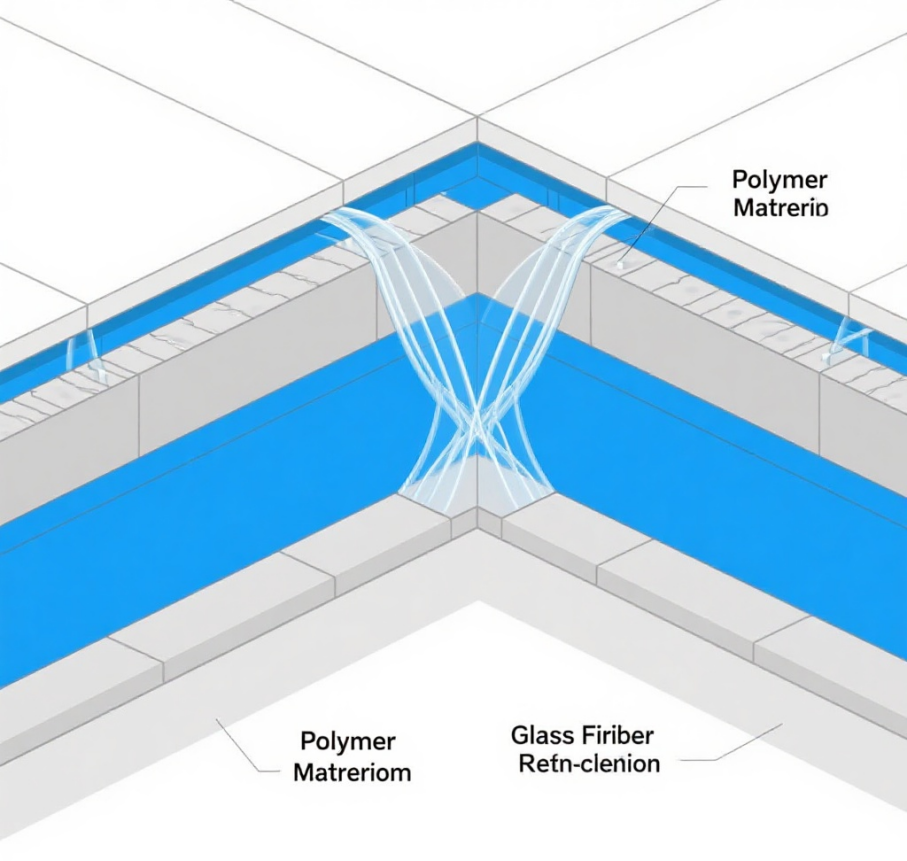
Key Features of FRP Lighting Tiles
- Durability: Unlike acrylic or glass, FRP is highly resistant to impact, moisture, and corrosion, making it ideal for humid or high-traffic environments.
- Lightweight: Despite their strength, these tiles are easy to handle and install, reducing structural load compared to heavier alternatives.
- Light Diffusion: The semi-translucent nature of FRP allows for even light distribution, reducing glare while maintaining brightness.
- Customizability: Available in various textures, colors, and opacities, FRP lighting tiles can be tailored to different design needs.
- Fire Resistance: Many FRP formulations meet fire safety standards, adding an extra layer of protection in commercial settings.
These properties make FRP lighting tiles a practical choice for spaces where both lighting performance and material longevity are important.
Applications of FRP Lighting Tiles in Modern Spaces
The adaptability of FRP lighting tiles allows them to be used in a wide range of architectural and design applications. Below are some of the most common uses:
1. Ceiling and Skylight Solutions
FRP lighting tiles are frequently used in suspended ceilings and skylights to create uniform illumination without harsh shadows. Their lightweight nature makes them suitable for large ceiling installations where traditional glass would be too heavy.
2. Facade and Cladding Systems
In exterior applications, these tiles can be integrated into building facades to provide both aesthetic appeal and functional lighting. Their resistance to weathering ensures long-term performance even in harsh climates.
3. Interior Partition Walls and Decorative Panels
Designers use FRP lighting tiles in partition walls and decorative panels to create visually striking yet functional dividers. The material’s ability to diffuse light softly makes it ideal for offices, hotels, and retail spaces.
4. Industrial and Commercial Lighting
In industrial settings, where durability is crucial, FRP lighting tiles are used in warehouses, factories, and parking garages due to their resistance to chemicals, moisture, and impact.
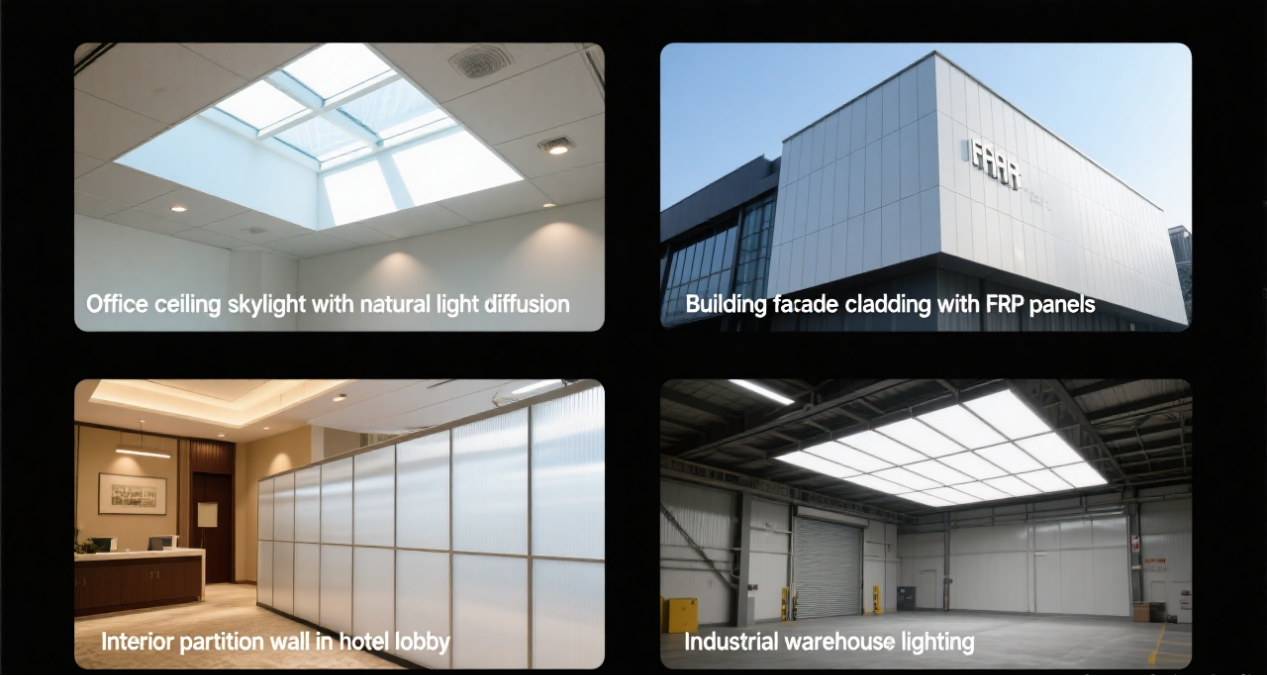
Advantages Over Traditional Lighting Materials
When compared to conventional materials like glass, acrylic, or polycarbonate, FRP lighting tiles offer several distinct benefits:
1. Superior Durability
While glass is prone to shattering and acrylic can yellow over time, FRP maintains its structural integrity and appearance even under prolonged exposure to UV rays and moisture.
2. Easier Installation and Maintenance
Unlike glass, which requires careful handling, FRP lighting tiles are lightweight and can be cut or shaped on-site with standard tools. Their non-porous surface also resists staining, making cleaning simple.
3. Energy Efficiency
The light-diffusing properties of FRP reduce the need for additional fixtures, optimizing natural and artificial light distribution. This can contribute to lower energy consumption in well-designed spaces.
4. Cost-Effectiveness Over Time
Although the initial cost may be comparable to high-end acrylic or polycarbonate, the extended lifespan and minimal maintenance requirements of FRP lighting tiles make them a more economical choice in the long run.
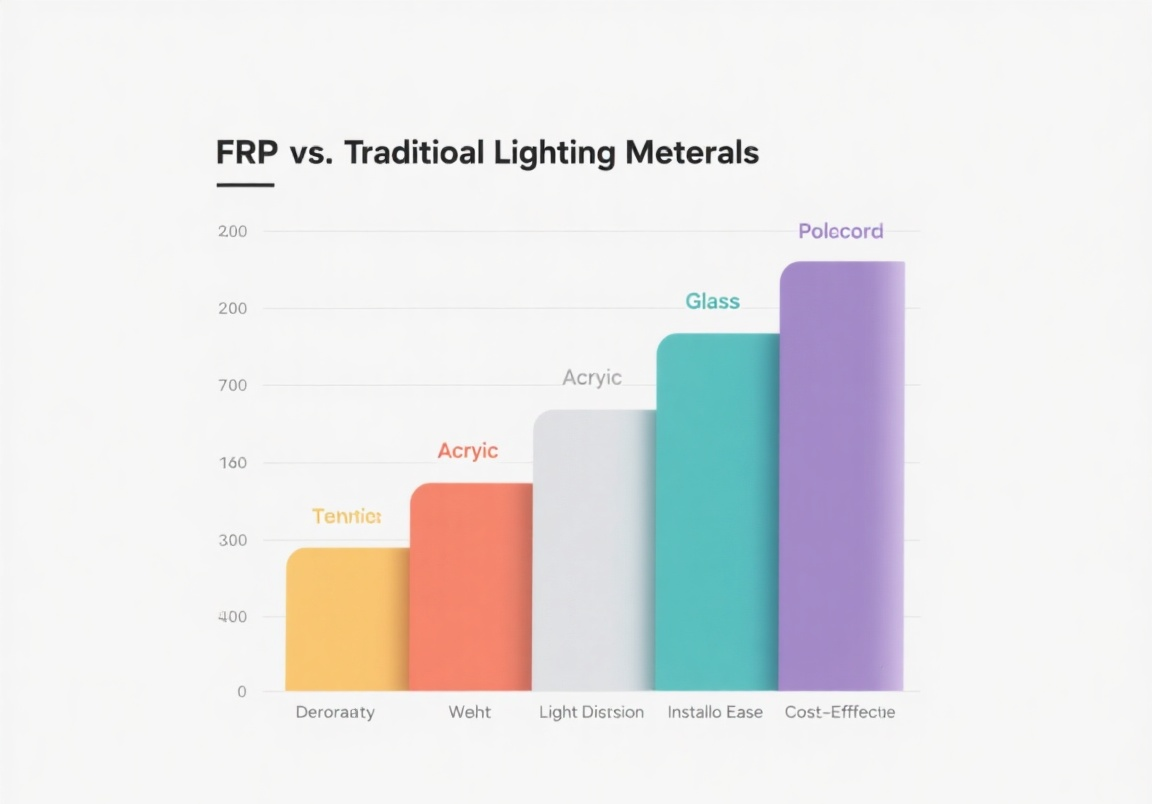
Choosing the Right FRP Lighting Tiles for Your Project
Selecting the appropriate FRP lighting tiles depends on several factors:
1. Light Transmission Requirements
Different opacities are available, ranging from fully diffused to semi-transparent. The choice depends on whether the goal is soft ambient lighting or brighter, more direct illumination.
2. Environmental Conditions
For outdoor or high-moisture areas (e.g., swimming pools, bathrooms), selecting UV-stabilized and corrosion-resistant FRP ensures longevity.
3. Aesthetic Preferences
Textured, colored, or patterned FRP lighting tiles can complement various design styles, from minimalist to industrial.
4. Compliance with Safety Standards
Ensure the selected tiles meet relevant fire safety and building codes, especially in commercial or public installations.
FRP lighting tiles represent a versatile and durable solution for modern lighting and design challenges. Their unique combination of strength, light diffusion, and customization options makes them suitable for a wide range of applications—from residential interiors to industrial environments.
By understanding their properties and advantages over traditional materials, architects, designers, and builders can make informed decisions about integrating FRP lighting tiles into their projects. Whether used in ceilings, facades, or decorative elements, these tiles offer a balance of functionality and aesthetics that can significantly enhance any space.
As material technology continues to evolve, FRP lighting tiles are likely to become an even more prominent choice in sustainable and efficient architectural design.









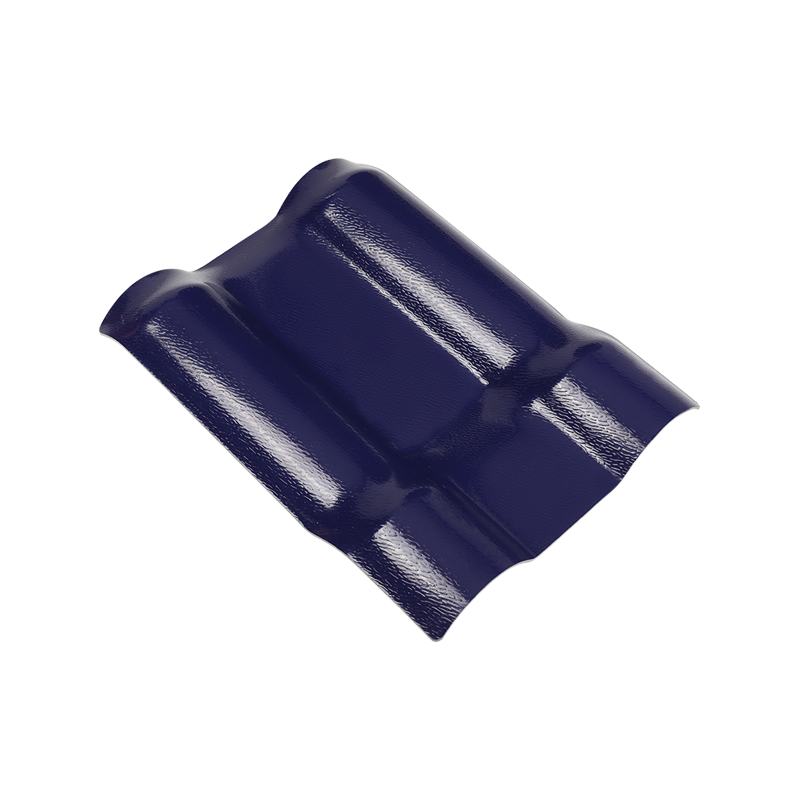
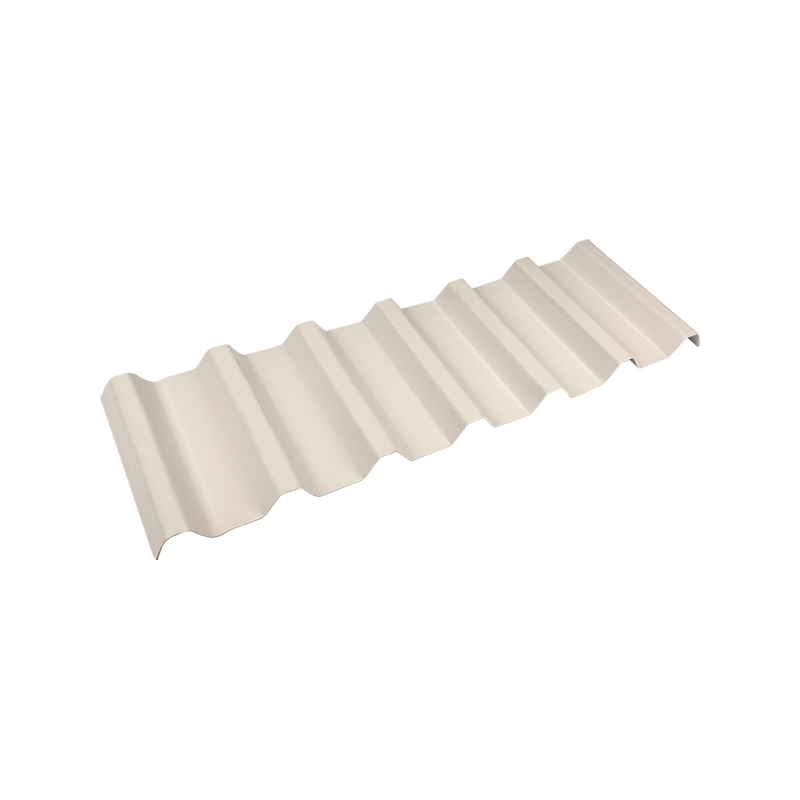

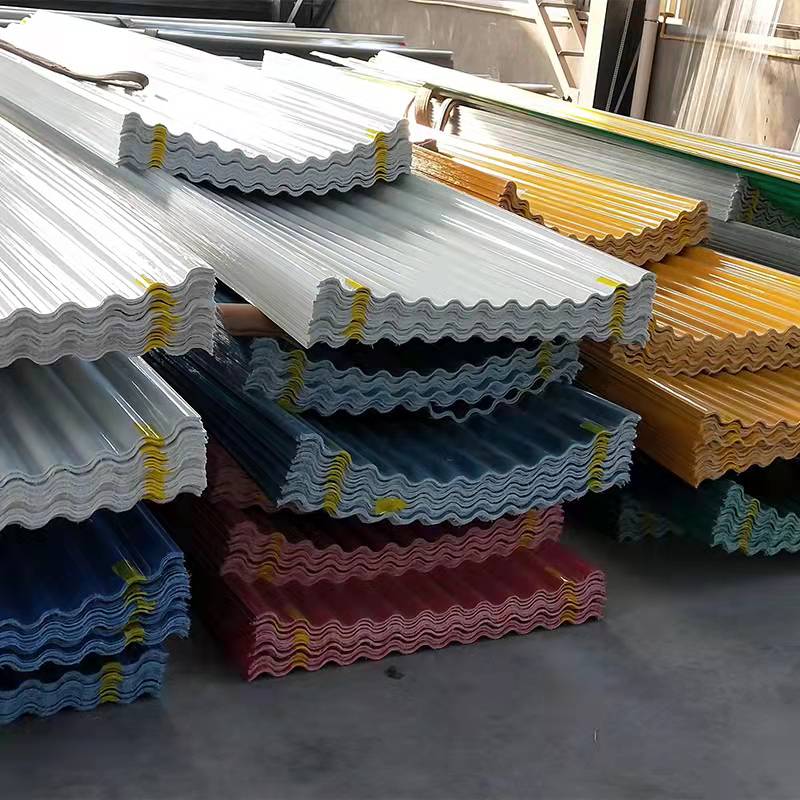
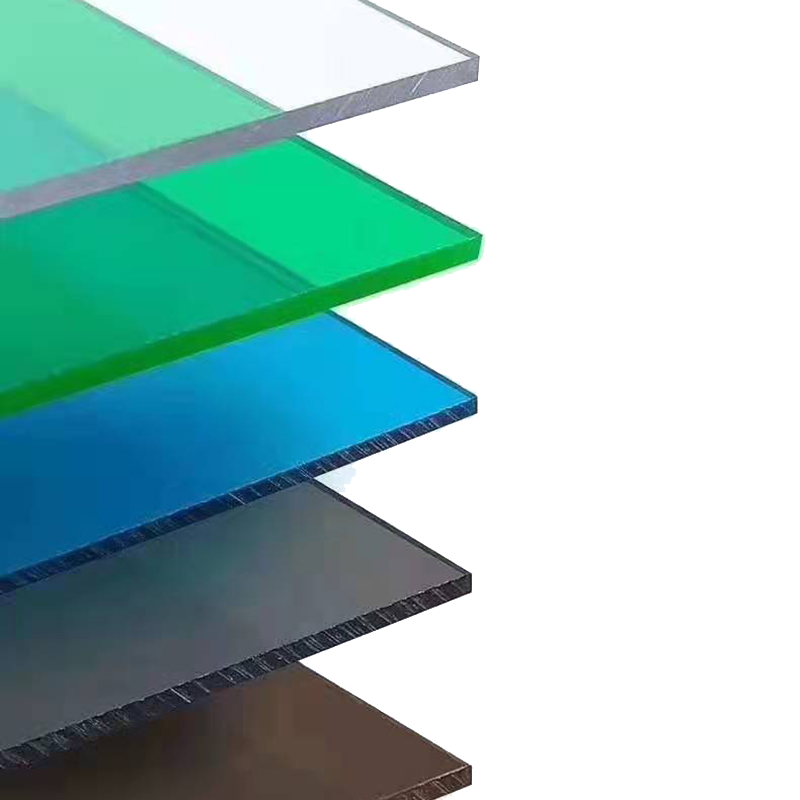
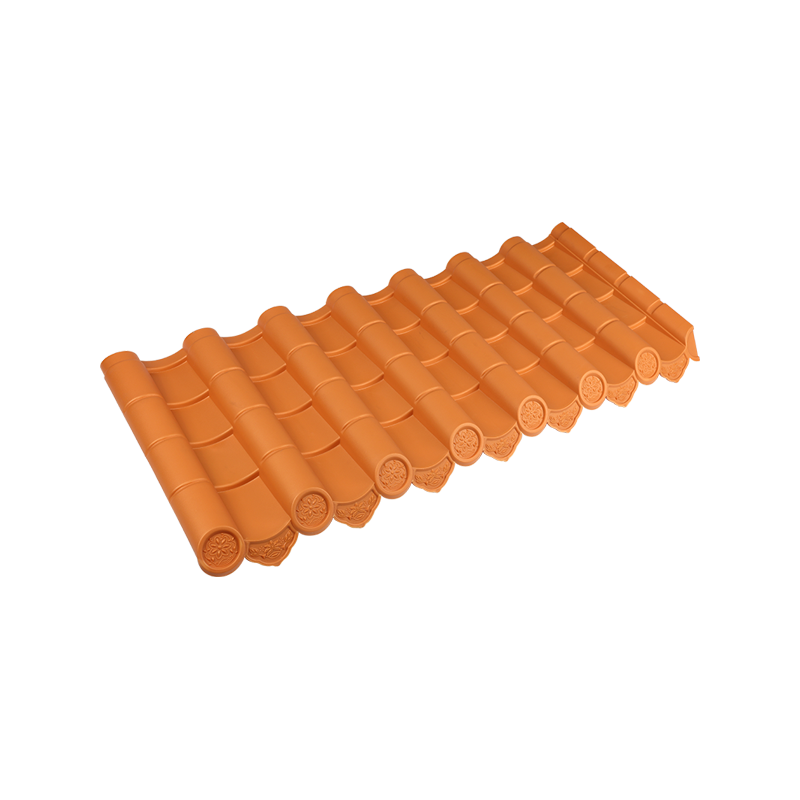



 Email:
Email: Phone:
Phone: Adress:
Adress: